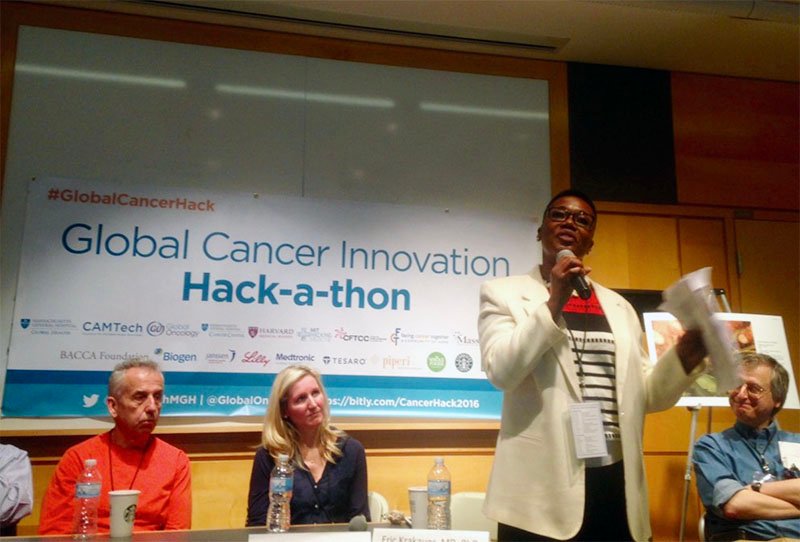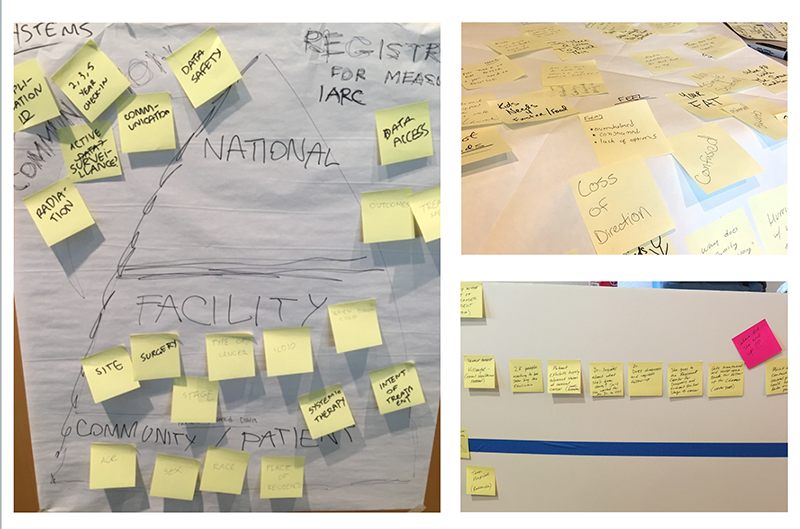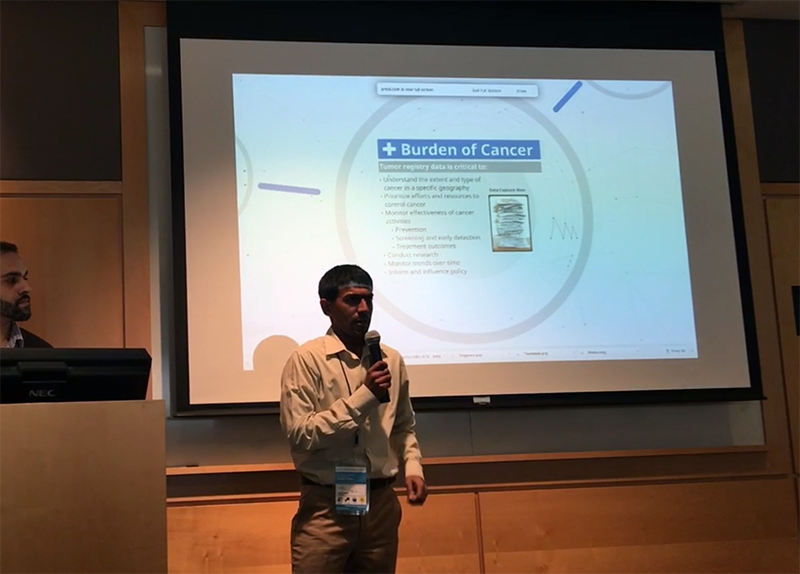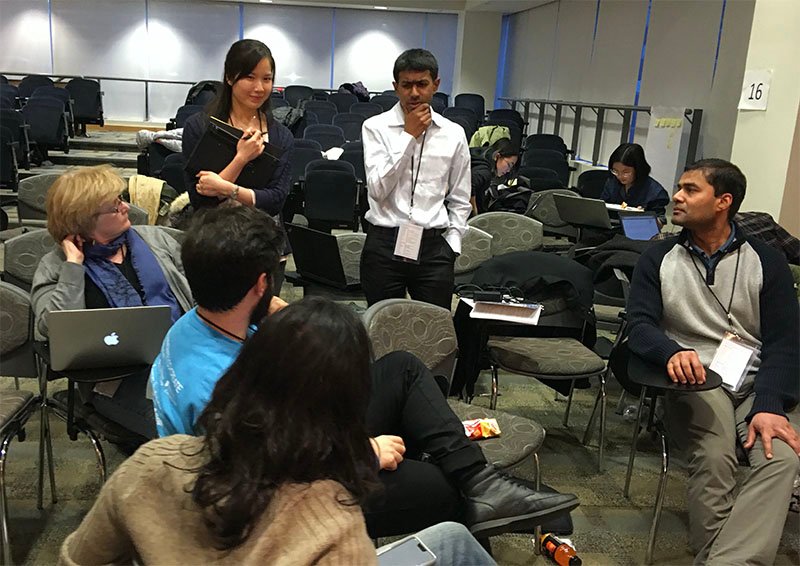A Global Cause
Some of the best experiences I’ve ever had as a professional come from what you learn outside of the office. That was the case for me when participating in MIT’s Global Cancer Innovation Hackathon during my tenure with Advisory Board. While I had participated in hackathons in the past, they usually consisted of folks within the company working on either building a feature for an existing product they didn’t have time for in their daily work, or a side-project they where personally interested in pursuing. While both are noble causes, they weren’t necessarily geared towards bigger, systemic problems affecting large populations.
I pitched the idea of attending to senior leadership, who agreed to sponsor my efforts. Participation required that I fly to Boston for a 24-hour intensive where i’d work with participants all over the globe to pitch ideas, work on problems, and hopefully come up with an solutions that’ll help improve the lives of Cancer patients halfway across the globe.
As an organization that serves the needs of Healthcare and Hospital systems nationally, the benefits to the organization where to solve real-world problems in healthcare, getting a chance to hear first-hand from doctors, patients, and clinicians, access to the latest solutions, and making connections with the our core constituency – something we were constantly looking to do on the UX team.






